
Rie Natsume
Technical staff, Dept of Animal Model Development


Interview

Could you share details about your career so far and the responsibilities you've handled in your roles?
I first became involved in my current role as a research support worker during my junior college years, working part-time as a lab assistant in the Department of Neuropharmacology (later renamed the Department of Molecular Neurobiology) at BRI. Although my role was limited to assisting researchers, I found it incredibly rewarding to see my contributions reflected in published papers worldwide. This sense of fulfillment motivated me to continue working as a part-time lab assistant even after graduating from college. After Prof Masayoshi Mishina, who was a professor at the time, moved to the University of Tokyo, I began assisting Prof Kenji Sakimura in the Department of Cellular Neurobiology. My work involved generating knockout mice, conducting behavioral analysis experiments, and acquiring embryo manipulation techniques for mouse generation. My expertise in these techniques was recognized, allowing me to participate in research as a CREST technical staff. Subsequently, I was hired as a permanent technical staff member at Niigata University, where I have continued my work as a technical specialist to this day.
I am currently working under Dr Manabu Abe in the Department of Animal Model Development. My primary responsibilities include embryo manipulation for generating genetically modified mice, rats, and other animals, as well as maintaining the necessary animals in the BRI special animal laboratory. Additionally, I am responsible for distributing genetically modified animals to researchers both within and outside BRI, ensuring compliance with the recipient's facility requirements. I also handle various administrative tasks within the lab.
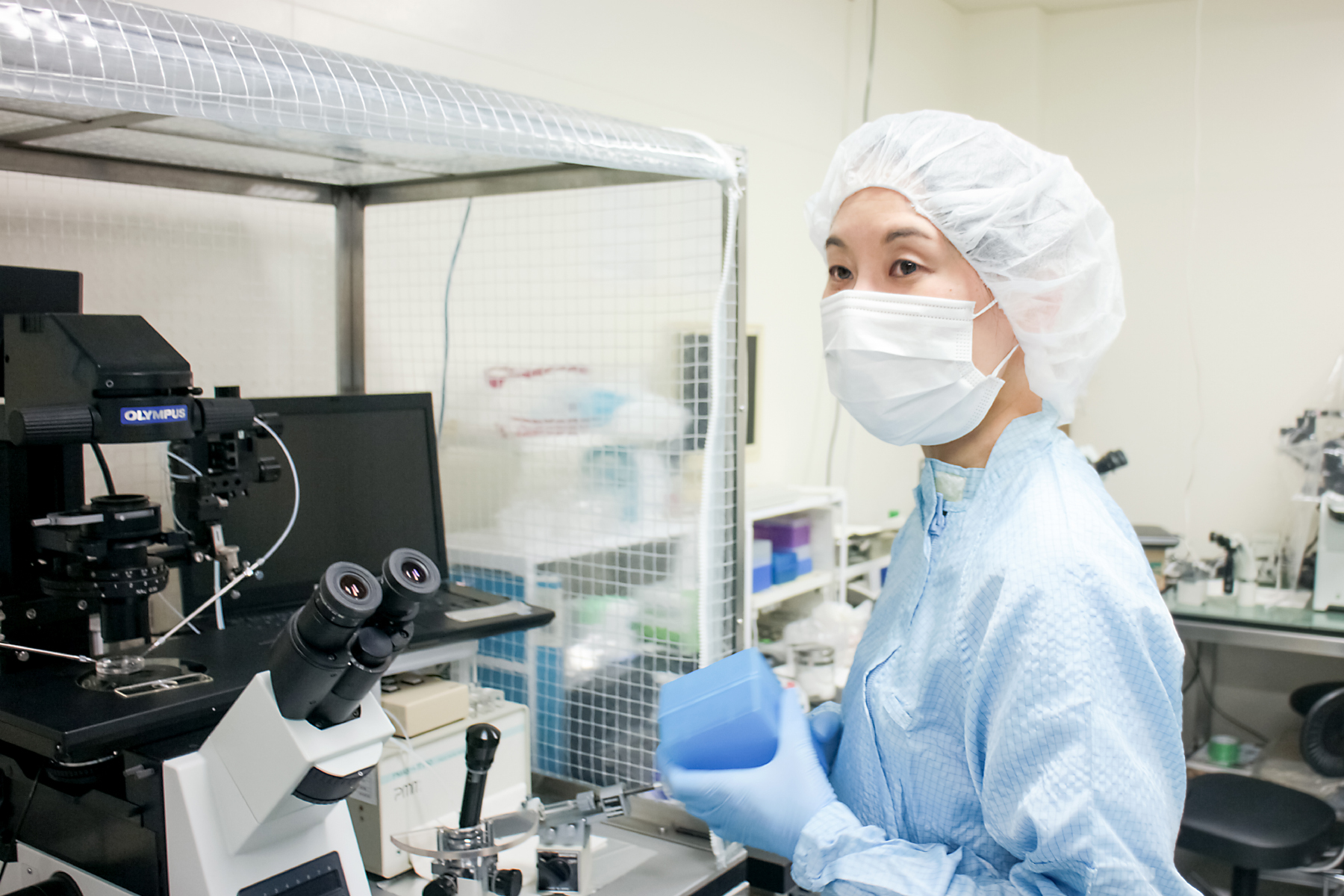
Please tell us what led you to work as a technical staff and how you came to join BRI.
Initially, my primary responsibilities involved cleaning the lab equipment and maintaining the workspace. Over time, I gradually took on more tasks, including assisting researchers with experiments and preparing figures for research papers. At the time, Prof Mishina--who later became a professor in the Department of Pharmacology at the University of Tokyo's Faculty of Medicine--was researching glutamate receptors in the BRI's Department of Neuropharmacology. The lab staff and graduate students worked tirelessly, often conducting experiments around the clock. I actively supported their research in various ways, and whenever an experiment led to good results and successful publication in prestigious journals like Nature, Neuron and others--though I didn't fully grasp the significance at the time--we celebrated together. Witnessing our efforts culminate in published research gave me a profound sense of fulfillment and ignited my passion for brain research. My world changed dramatically when I started working as a part-time lab assistant under Prof Sakimura at the Department of Cellular Neurobiology, where I became involved in generating knockout mice and conducting behavioral analysis experiments. At the time, generating genetically modified B6 black mice--ideal for brain research--was considered challenging. However, we successfully developed a method to produce these mice through embryonic manipulation using the RENKA ES cell line, which was derived from B6 mice and developed by Prof Sakimura. Acquiring this technique was a critical moment in my career, paving the way for my position as a technical staff member.
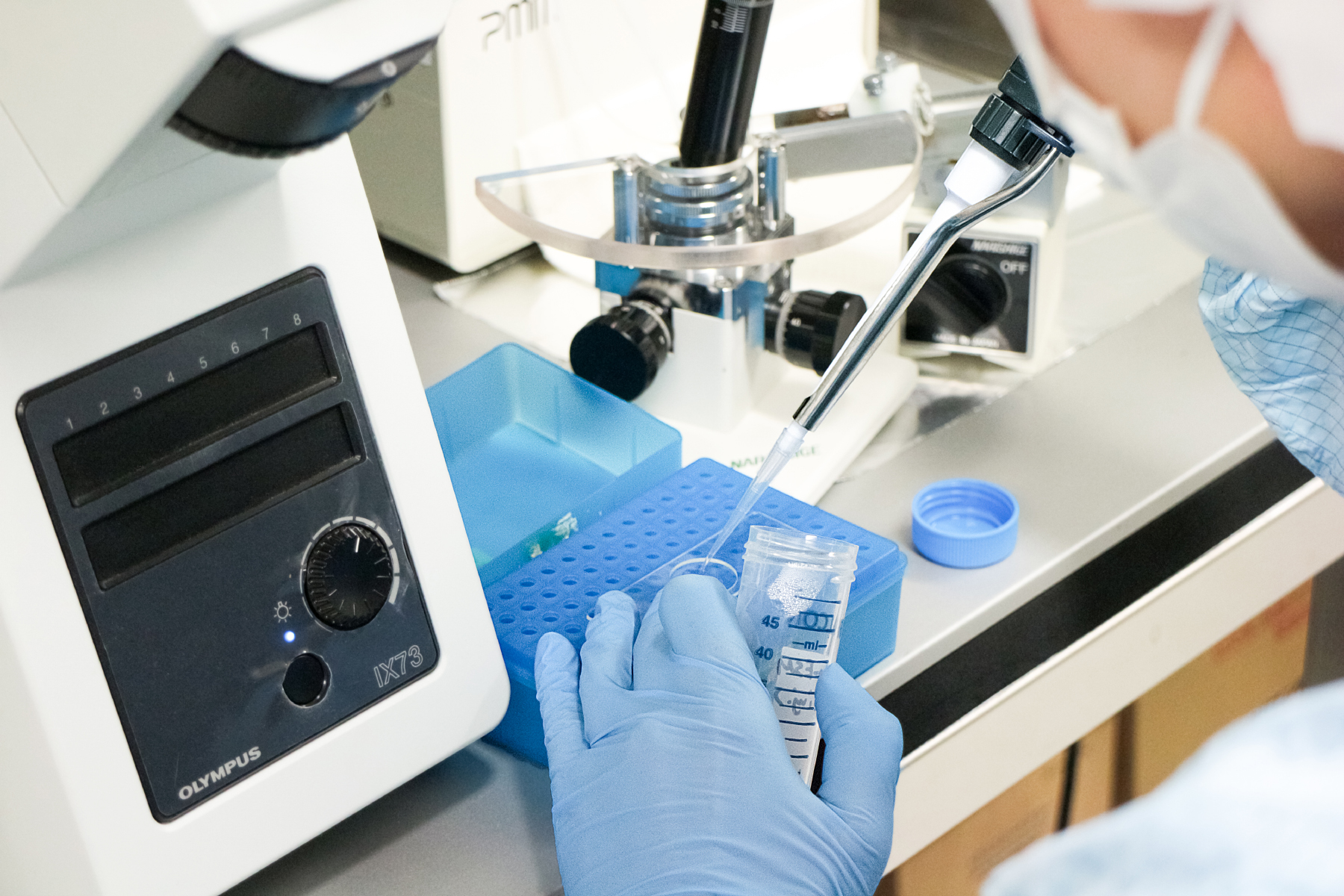
What aspects of its research environment do you find most attractive?
I have substantial discretion in the generation and maintenance of genetically modified mice and rats, enabling me to work independently in the specialized animal laboratory.
Owing to the significant past investments by professors and the generous research funding available today, I have access to the latest facilities and cutting-edge equipment.
What aspects of your work do you find both fascinating and challenging? What obstacles do you encounter?
One of the difficulties with this job is that, since I work with animals, I can't take days off based on the calendar. While I collaborate with several staff members, I inevitably take on responsibilities for after-hours and holiday work.
Even so, the excitement of the job keeps me going. Discovering new insights from the phenotypes of the gene-deficient mice I help generate is both fascinating and deeply rewarding.
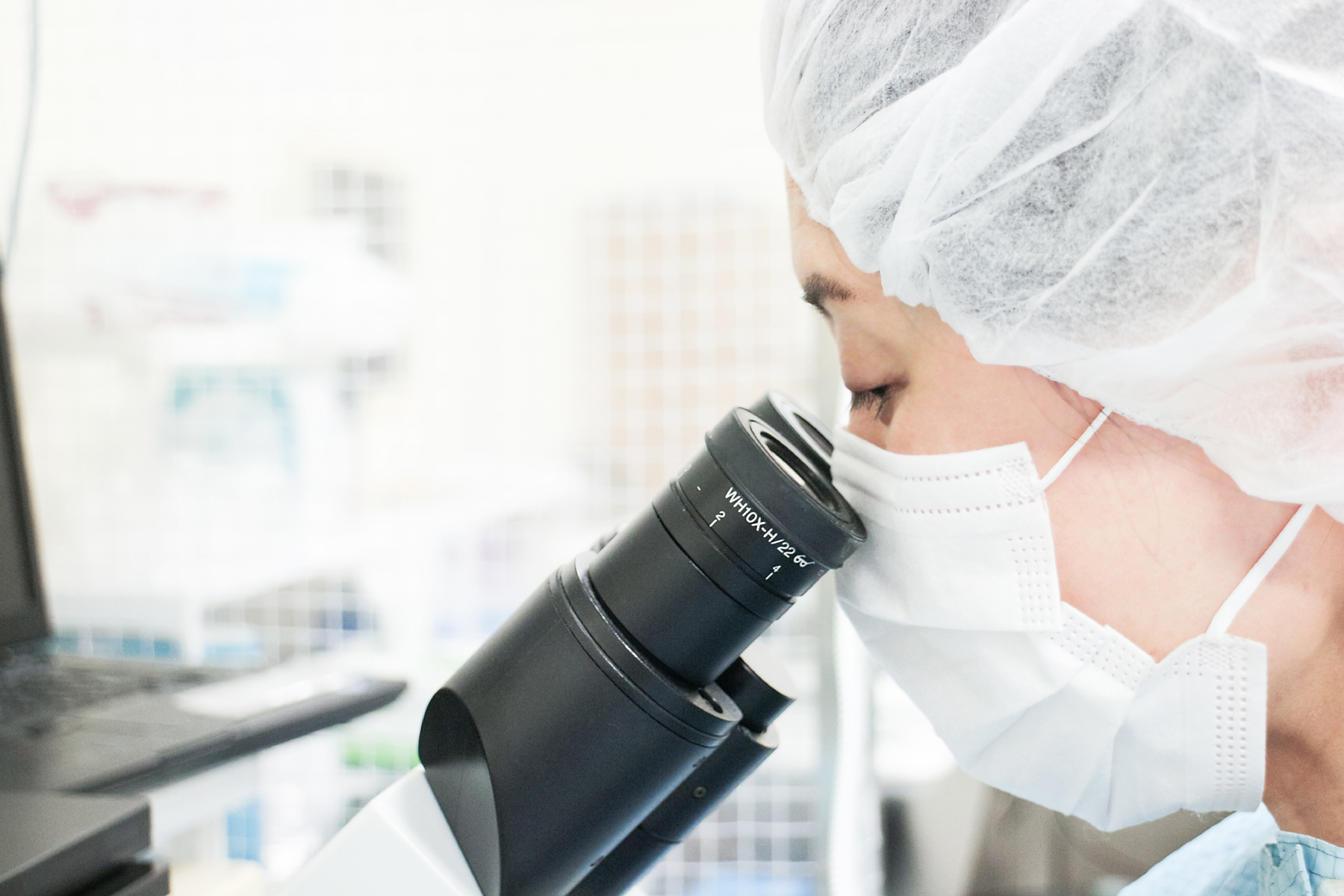
Do you have a personal motto or guiding principle that you follow in your work?
I don't consciously strive for anything specific, but I make an effort to enjoy my work. Even when the tasks are repetitive, I believe persistence is important. While major research breakthroughs are rare, the daily experiences we accumulate can prove valuable at unexpected moments.
Work is how I earn a living, but it also plays a major role in my life. That's why I believe it's important to find enjoyment in what I do.
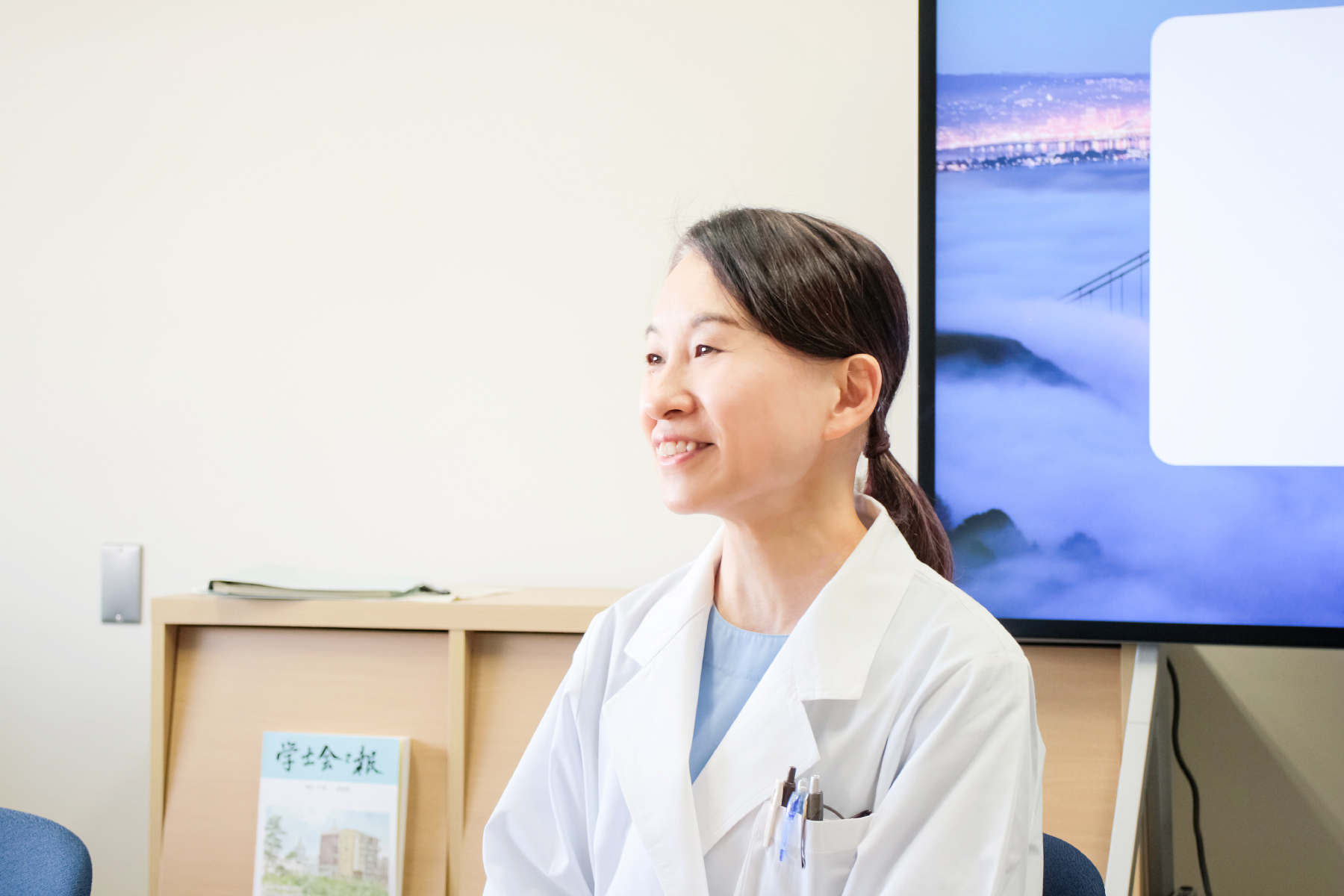
How do you usually spend your time after research and on your days off? Please share how you refresh and recharge.
Nothing in particular, but I'd love to travel if I can make the time.
What are your goals for the future?
Most of my ongoing experiments are centered around phenomenology. It fascinates me how these experiments yield results that are observable to the naked eye and can be visually evaluated immediately. Looking ahead, I aim to deepen my understanding further, delving into the underlying mechanisms behind these phenomena.
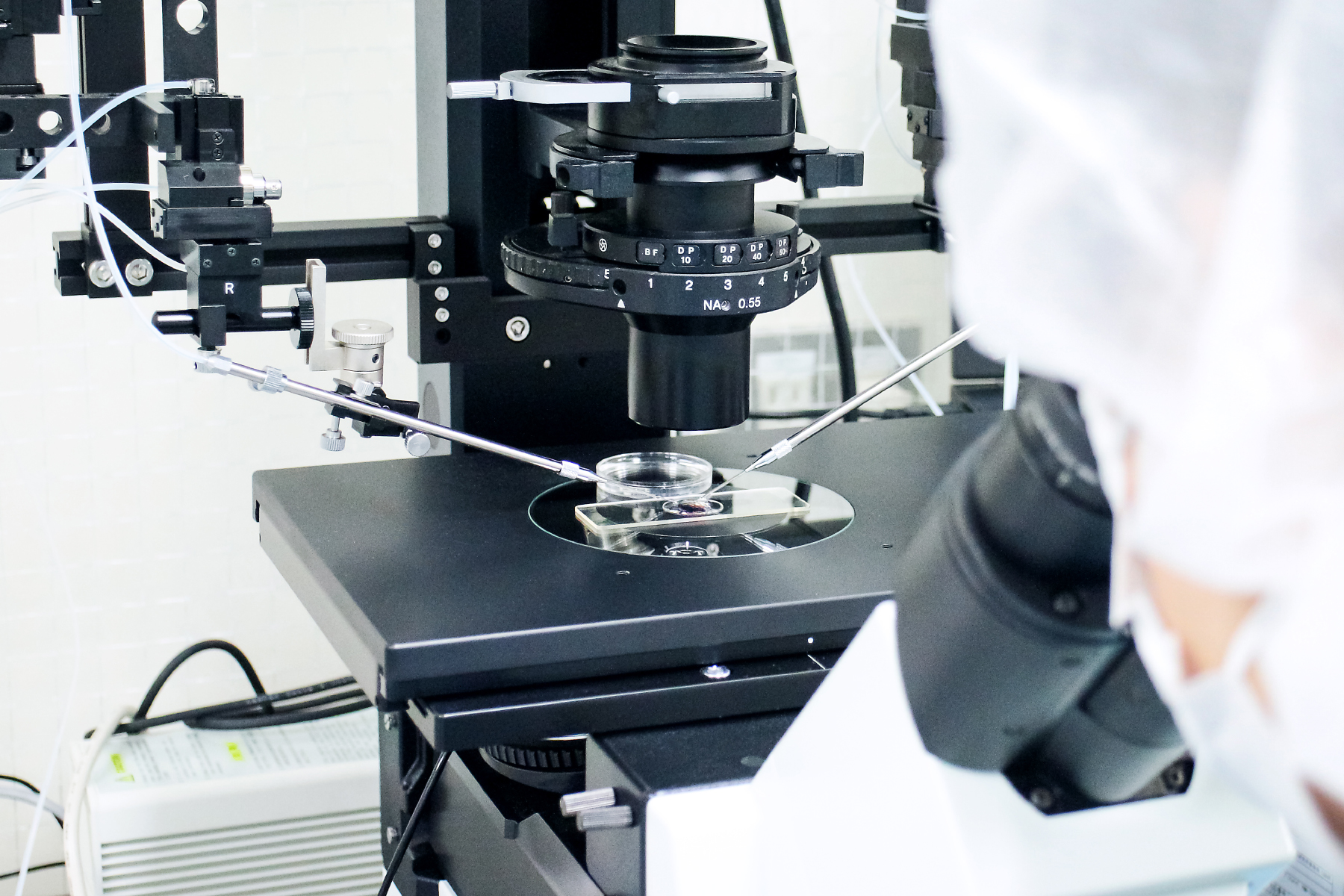
What message would you share with those considering a career at BRI and aspiring to work as technical staff?
Research and experiments may seem challenging, but if you're curious about the work and the processes involved, they can be a truly rewarding field to pursue. Despite not having a university education in science, I was able to acquire the necessary knowledge and skills--and I continue to do so to this day. If you're interested, I encourage you to take a step forward and explore this field, regardless of your background.







